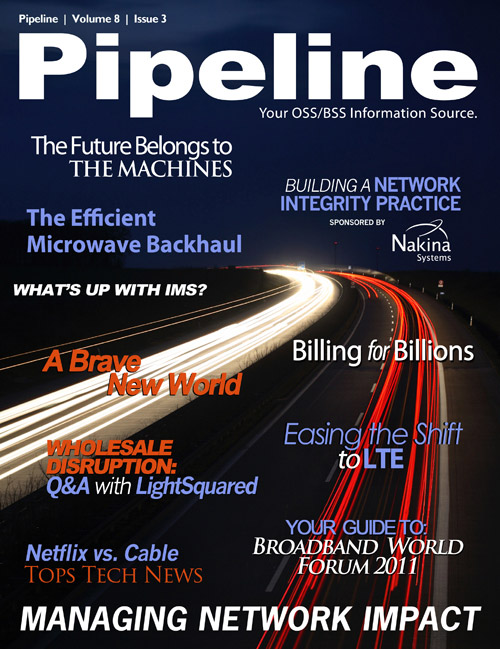By: Rafael Andrade

The technical challenges to shifting from 3G to LTE are stiff. However, the shift is inevitable
— traffic volume is rapidly increasing, and exacting users will migrate to other providers if
speed and Quality of Service (QoS) standards aren’t met. How do carriers meet the challenges
of monitoring and troubleshooting LTE services while minimizing capital expenditures and
operating costs? How do they retain customer loyalty and strengthen their brand for the long
term?
The answer is the adoption of efficient LTE test solutions that enable both effective trials and
the ability to maintain high QoS over the long term.
LTE is quickly gaining ground
Although the actual number of current LTE subscribers is low, this number will change drastically
very soon. In Europe and the U.S., 17 commercial LTE networks are online and 73 more will be
operating by the start of 20131. Additionally, 140 carriers are committed to LTE deployment
and 56 have pilots underway. The competitive pressures driving the upgrade are much greater
than when 3G technology was deployed and the increasing demand for bandwidth is continuing
unabated.
LTE offers significant performance gains thanks to major changes to the existing radio-access
and core networks relative to previous-generation CDMA and 3GPP deployments. These
changes include the replacement of base station by the new eNodeB and the replacement of
the core network by a new evolved packet core (EPC). The downlink uses orthogonal frequency
division multiplexing (OFDM) radio access while the uplink uses signal-carrier frequency-division
multiple access (SCFDMA). Both the uplink and the downlink use multiple-input multiple-output
(MIMO) antenna technology.
Other important LTE capabilities include:
- peak downlink data rates up to 326 Mbps with 20 MHz bandwidth
- peak uplink data rates up to 86.4 Mbps with 20 MHz bandwidth
- time-division duplex (TDD) and frequency-division duplex (FDD) operation modes
- scalable bandwidth covering 1.4, 3, 5, 10, 15 and 20 MHz
- increased spectral efficiency of between two and four to one relative to HSPA
- no more than 10 milliseconds round-trip latency between user equipment and the base station
1Global Mobile Suppliers Association (GSA)





